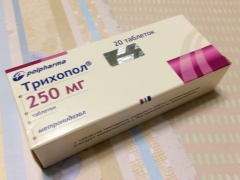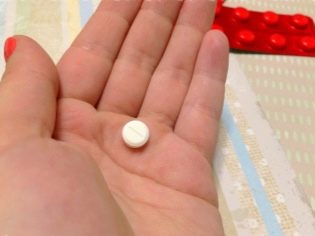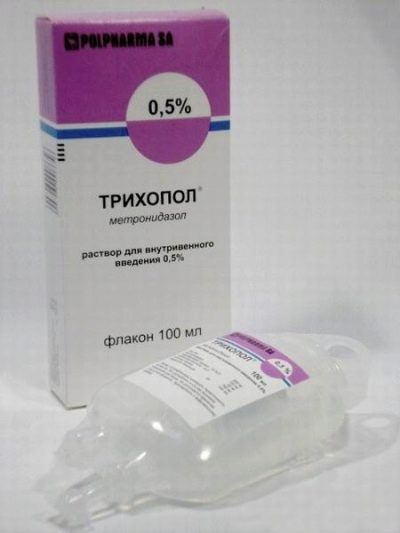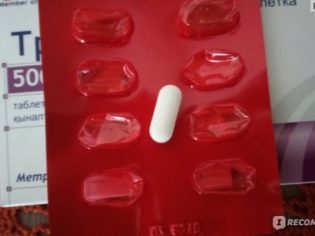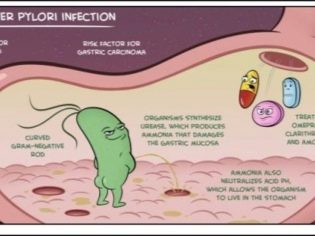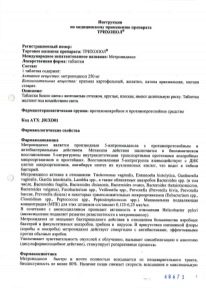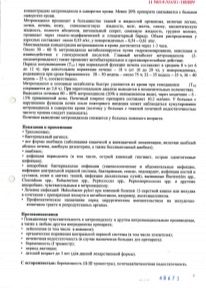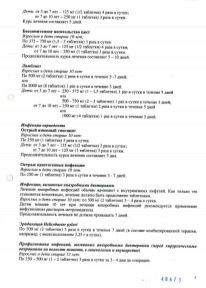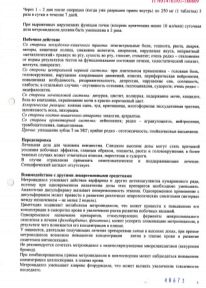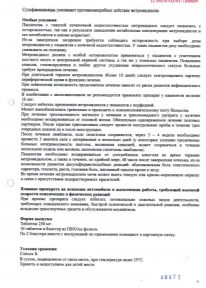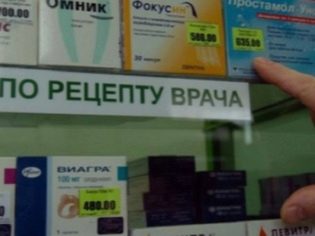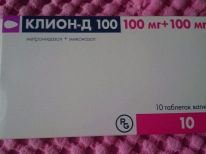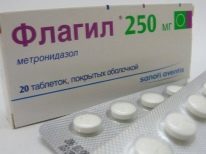Trichopol for children: instructions for use
"Trichopol" is a medicine that can affect different types of protozoa and anaerobic bacteria. Is this drug prescribed for children? In what cases can it be given to a child and can it harm a child’s body?
Release form and composition
"Trichopol" is presented in several forms.
- Pills. They are sold in packages of 20 pieces, characterized by a round shape, white and yellow color and the presence of risks, according to which the tablet is divided into halves. The main component of this medicine is metronidazole. Each tablet contains it in an amount of 250 mg. To make the preparation dense, it contains magnesium stearate, gelatin, starch syrup and potato starch.
- Solution for pricks. It is sold in glass ampoules containing 20 ml of medicine, 10 pieces per pack. Also, the drug is released in plastic bottles of 100 ml, one bottle in a pack. This solution is yellowish-green and transparent. He also as the main component includes metronidazole in a dose of 5 mg / 1 ml, that is, one ampoule contains 100 mg of such a substance, and one vial contains 500 mg. In addition to it, in the composition of this form of "Trikhopol" is sterile water, sodium chloride, citric acid and sodium hydrogen phosphate.
In addition, "Trichopol" is also available as vaginal tablets containing 500 mg of metronidazole in each. This medicine is used only in adults.
How does it work?
Trichopol has antibacterial and antiprotozoal activity, that is, it acts on various types of bacteria and protozoa that provoke infections in both adults and children. Due to its structure, the drug acts on DNA in the cells of pathogens, which disrupts the formation of nucleic acids and ends with the death of microorganisms.
The drug is able to destroy amoebas, Giardia, bacteroids, fuzobakterii, Trichomonas, gardnerella, peptokokki and many other microbes and protozoa.
Such an agent was also shown to be active against Helicobacter pylori, but many aerobic bacteria, as well as fungi, worms, and Trichopol viruses do not work.
Indications
Medication prescribed:
- with amebiasis in any form;
- with trichomoniasis;
- with giardiasis;
- acute infections of the gums, teeth and jaw bones;
- in case of infections caused by anaerobic flora: endocarditis, sepsis, skin infection, pneumonia, and so on;
- when H. pylory infection is detected;
- before surgery on the digestive tract or pelvic organs.
From what age is prescribed?
Injections "Trikhopol" can be appointed at any age, even newborn children. The tablet form is not used in the treatment of children under 3 years old. If the child is 2 years old or less, he is prescribed either an injection or another remedy with a similar therapeutic effect, which is acceptable to use at an early age.
Contraindications
The drug is not used in children:
- with leukopenia;
- with liver failure;
- with severe CNS disease;
- with porphyria;
- with hypersensitivity to any of the components of Trikhopol.
If the kidney has impaired kidney function, the use of the medicine requires the supervision of the doctor.
Side effects
Treatment with Trichopol can provoke headaches, loss of appetite, increased irritability, nausea, skin rash, vomiting, muscle aches and other side effects. When they occur, the child should be examined by a doctor.
Instructions for use
In severe infections, treatment begins with injections, and then transferred to the tablet form. Injections are made into a vein, while the solution must be injected slowly. Tablets should be swallowed with food and drink water. You can also take medication after meals.
Doses of "Trikhopol" in an injectable form are selected individually. A single dosage of "Trikhopol" tablets depends on the age of the child and most often it is this:
- patients 3-7 years old give half a tablet, that is, 125 mg;
- Children 7-10 years old often need to be given a full tablet at the reception, which corresponds to 250 mg;
- a child over 10 years old should be given 1-2 tablets at a time (250-500 mg).
In some cases, reduce the dose or, on the contrary, increase. The frequency of receiving "Trichopol" is determined by the diagnosis. For example, if a remedy is prescribed for lamblia, then it is given to a patient under 7 years old once a day, and from 7 years old - twice a day. The duration of use also depends on the disease and the age of the child, for example, with amoebiasis, the medication is taken 5 days, with acute gingivitis - 3 days, and with giardiasis - from 3 to 5 days depending on the single dose of the medicine.
Overdose
If the dose of "Trikhopol" is too high, it will provoke dizziness, vomiting and other negative effects. Seek medical attention to correct these symptoms.
Drug interaction
The drug can affect the treatment of many other drugs, including anticoagulants, sulfonamides and other drugs. They are noted in the annotations to the tablets and solution.
Purchase and storage
To buy any of the forms of "Trihopol" in a pharmacy, you need to submit a prescription. The average cost of one pack of tablets is 80 rubles. It is recommended to keep the medicine at home at a temperature not higher than +25 degrees out of the reach of children. Shelf life and solid form "Trikhopol", and the solution for injection - 5 years.
Reviews
On the use of "Trikhopol" children respond differently. In most reviews, the drug is called effective and they note that it helped get rid of the infection. However, according to moms, the medicine has a lot of disadvantages, among which are often mentioned the frequent side effects and the bitter taste of tablets.
Analogs
Instead of "Trykhopol" can be used drugs with the same active ingredient, for example, "Metrogil", "Metronidazole, Klion or Flagyl. If a child has amebiasis or giardiasis, the doctor may also prescribe drugs with a different composition that can act on the causative agents of these diseases, for example, "Macmiror"," Tinidazole ","NemozolOr "Dazolik."
About what "Trichopol" is, what it is for and how to apply it, see the next video.
